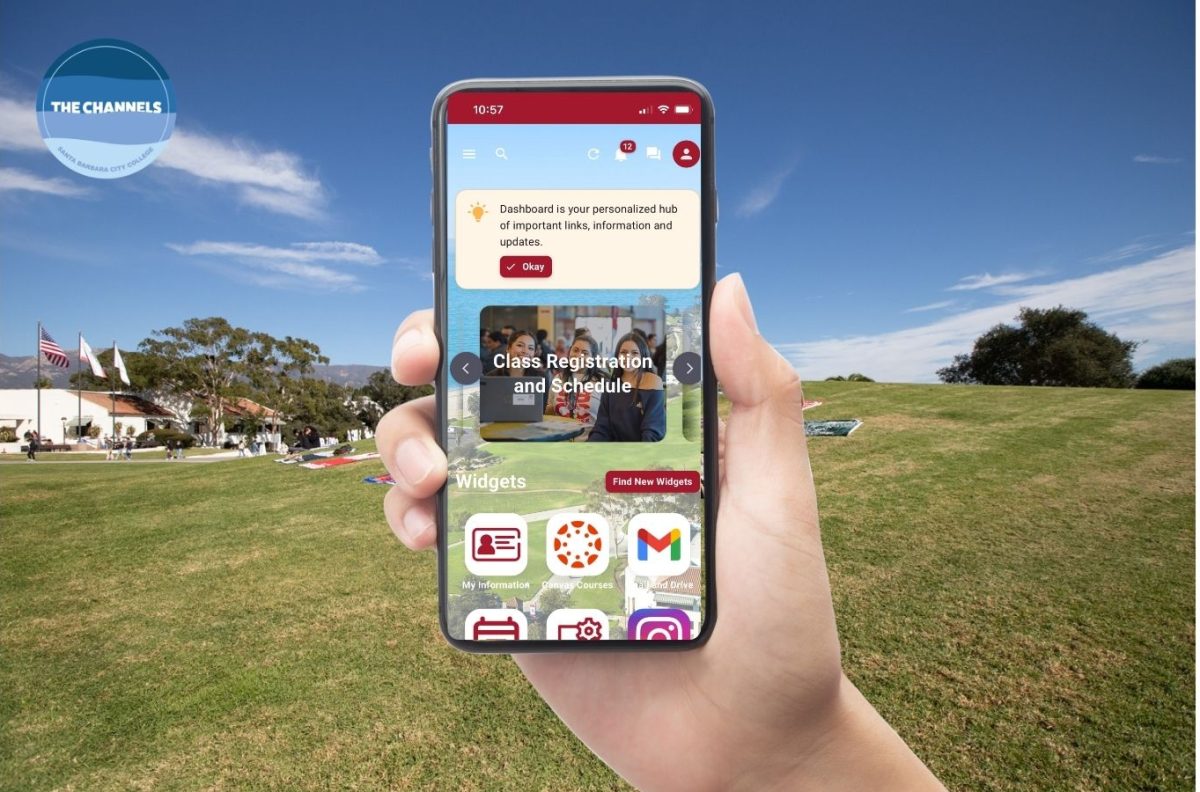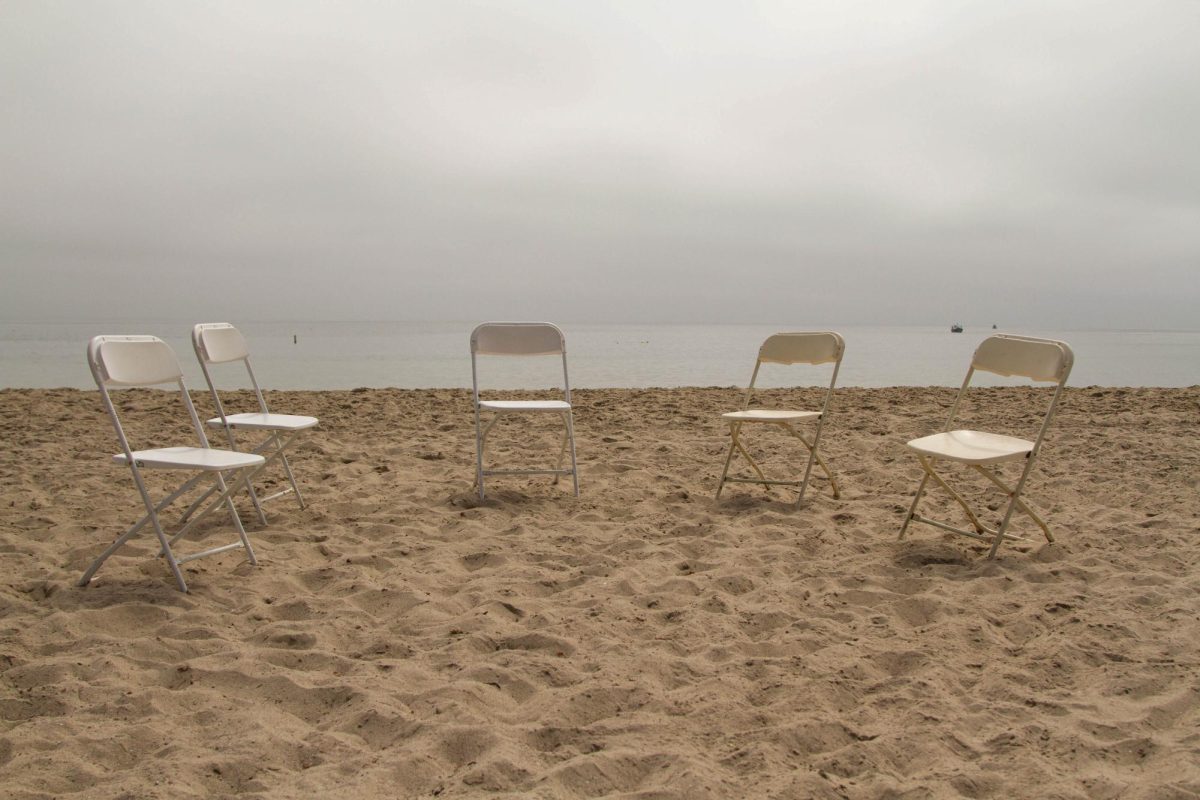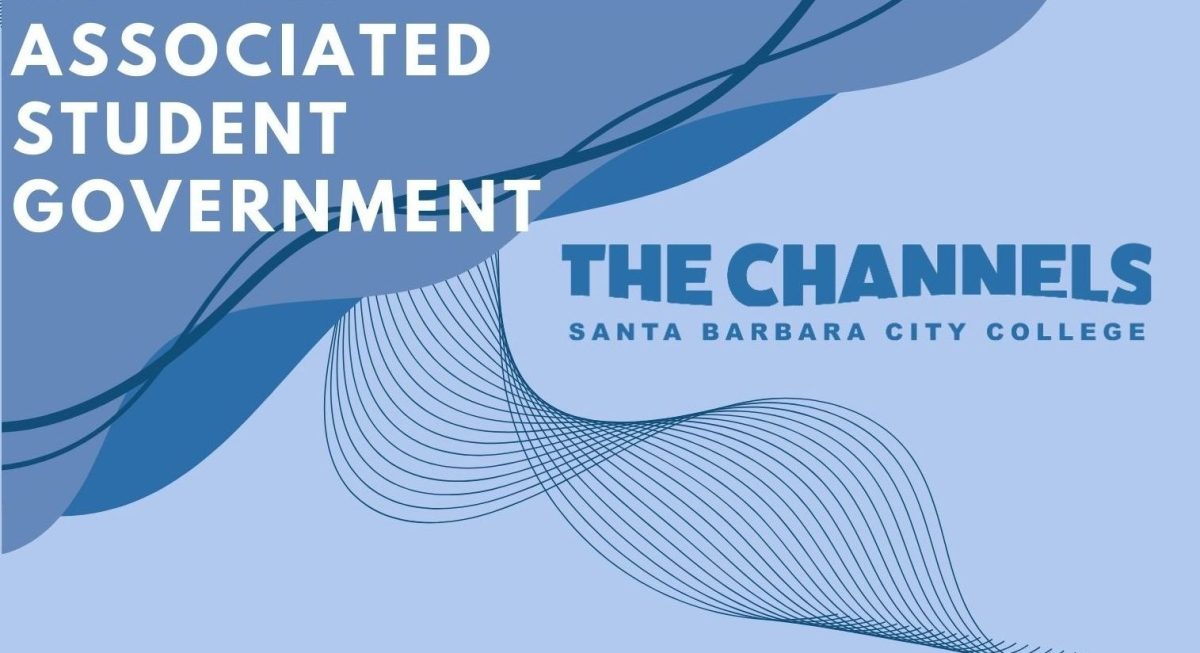When Alan Collinge took out $38,000 in student loans, he thought he was making a great investment in his future. Now that his loan debt has exploded to more than $103,000, he has been forced to re-think his investment strategy.
Collinge is the founder of StudentLoanJustice.org, a Web site dedicated to persuading Congress to restore the basic consumer protections that have been stripped from student loans. Without these basic protections, Collinge says student borrowers are unable to negotiate fair and reasonable settlements of their debt.
SLJ or its members have been featured on the pages of The New York Times, The San Francisco Chronicle, and many other major publications.
Now living in Seattle, Collinge is writing a book for Beacon Press detailing how the student loan industry is “subjugating large segments of our population to lifetimes of debt.”
He explains how a student loan giant like Sallie Mae, which writes about one third of the student loans in the United States, enjoyed stock price increases of more than 1,900 percent since 1997 because of the lender’s lobbying Congress to remove basic consumer protections from student loans. Collinge says that loan companies and even the federal government make more money from a borrower on default than from those who pay on time.
While the U.S. Education Department reports that student loan defaults fell from 5.1 percent to 4.6 percent in 2006 within two years of graduation, The National Center for Education Statistics reports that the number is closer to 9.7 percent within four years of graduation.
In fact, a Wall Street Journal article by John Hechinger said that the Department of Education projects that for every dollar collected on a defaulted student loan, the department also gets back 20 percent in fees and interest.
Hechinger also writes that a 1998 change in federal law allows The Education Department to seize paychecks, tax refunds, and Social Security payments. With the exception of the IRS, The Education Department is the only other federal agency that can do this without a court order.
In 1998 Collinge graduated from USC and decided to consolidate his student loans with Sallie Mae. While Collinge was in school, his loan debt had grown from $38,000 to $50,000.
After graduation Collinge found a job that barely covered his basic living expenses and his student loan payments, which took about one quarter of his take home pay. When Collinge came up short of making a payment on his loan in 1999, Sallie Mae assured him that it would be fine as long as he continued to make his payments, including a one-time late fee.
Six months later, he said the loan company was still adding late fees. Collinge requested a removal of the late fees but was refused. When Collinge decided to consolidate the loan with a new lender, he was shocked to find that it is illegal to refinance student loans.
“By the summer of 2001, my financial situation had become critical and I made the decision to take radical steps to solve this problem,” Collinge said. He left his job to find a higher paying job, but was unable to do so.
In December 2001, Collinge moved to Tacoma, his hometown. With his loans nearing default, he applied twice for Sallie Mae to grant an economic hardship deferment. Sallie Mae said it never received the first application and when he sent in the second, it was denied. The next day, his loans were put on default status. He was never notified and when he called Sallie Mae, it told him they no longer held the loan.
It took nearly two years for Collinge to find a regular job. At one point he was working as a cook on a remote island off Alaska clocking in 92 hours per week without a day off.
After returning from Alaska he found himself staring at a bill for $80,000 from General Revenue Corporation, demanding payment in full. After many failed attempts to negotiate with his original lender, he turned to the Department Of Education.
“I found that I had no negotiation power whatsoever since bankruptcy was not allowed for this debt, nor was there any statute of limitations, or other standard consumer protections that other types of debt have,” Collinge said.
Even with no consumer protections, students are facing an bigger challenge when it comes to student loans. In May 2007 The New America Foundation, a non-partisan public policy institute, reported on a internal strategy document from Sallie Mae. The document describes how it intends to keep consumer protections from student loans.
The New America article by Robert Shireman explains that for private loans, the student is on a very short list of debtors whose debt can never be discharged in bankruptcy.
“There is no good reason that private student loans should be accorded any heightened status, much less the exalted category that competes with criminal fines, child support, taxes, and now federal student loans,” Shireman wrote.
“How and why did they gain this status in the 2005 bankruptcy bill? No one seems to know,” Shireman wrote. The internal Sallie Mae document may provide some answers.
The document explains that by lobbying Congress, Sallie Mae must achieve “substantial penetration of ‘first tier’ congressional offices for initial contacts” as well as an “updated assessment of Democrats willing to lead core of pro-FFELP group within the caucus.”
This means that Sallie Mae must find people on Capitol Hill to play the student loan game in a way that benefits the corporation.
With the issue of student loan debt escalating to crisis proportions in the next five years, Collinge says many congressional staffers are ignorant of the issue.
“Despite the fanfare of recent legislation, consumer protections remain as absent from student loans as they have ever been.”
The National Association of Graduate-Professional Students reports that 2/3 of graduates from public universities and nearly 3/4 of private university graduates will have student loan debt. As the cost of college continues to rise many students may need loans. In the case of student loans, let the borrower beware.
-Theresa Sweet is a Journalism 101 student.






